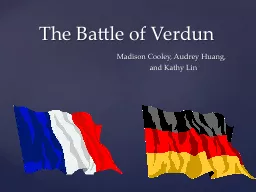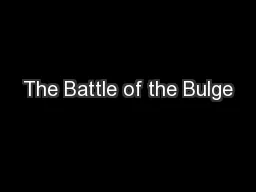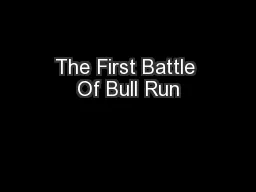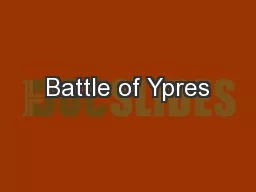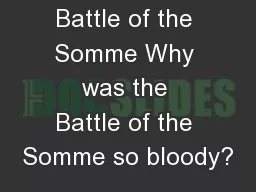PPT-My battle with the
Author : ellena-manuel | Published Date : 2015-12-02
Obsessive Categorizing Disorder Aristotle feat Bijoy Raveendran July 2k13 Hi My name is Aristotle Im a Philosopher I love to categorize stuff 384322 BC 3 parts
Presentation Embed Code
Download Presentation
Download Presentation The PPT/PDF document "My battle with the" is the property of its rightful owner. Permission is granted to download and print the materials on this website for personal, non-commercial use only, and to display it on your personal computer provided you do not modify the materials and that you retain all copyright notices contained in the materials. By downloading content from our website, you accept the terms of this agreement.
My battle with the: Transcript
Download Rules Of Document
"My battle with the"The content belongs to its owner. You may download and print it for personal use, without modification, and keep all copyright notices. By downloading, you agree to these terms.
Related Documents


